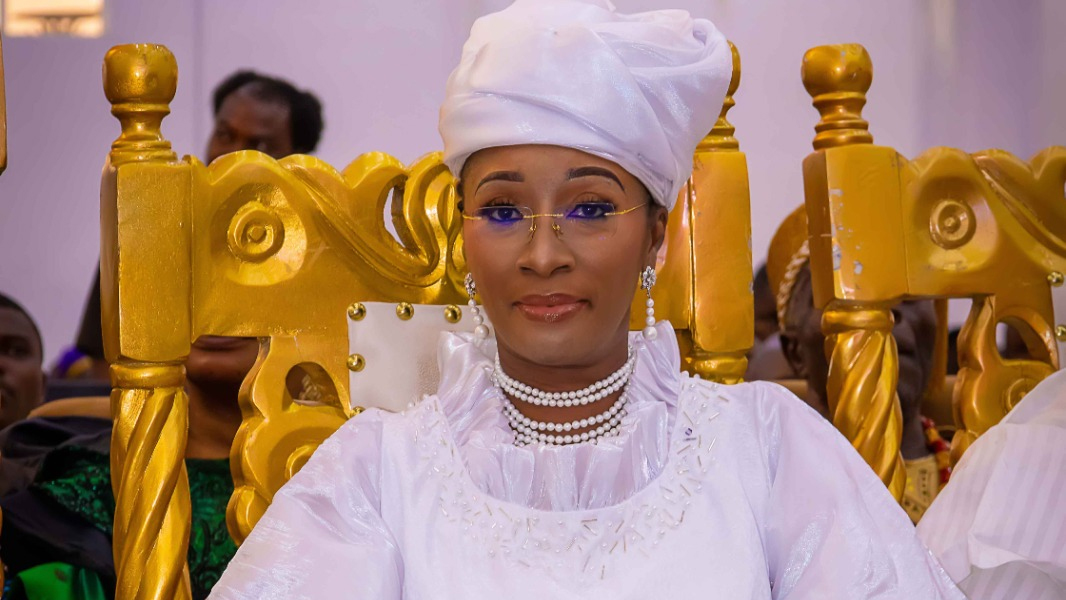 Whenever you see Aso-Oke fabric, the first thing that comes to mind is a merry-making occasion popularly called ‘owanmbe’. The hand-woven attire made from cotton is rapidly being designed into everyday casual or corporate wear.
Whenever you see Aso-Oke fabric, the first thing that comes to mind is a merry-making occasion popularly called ‘owanmbe’. The hand-woven attire made from cotton is rapidly being designed into everyday casual or corporate wear.
Why not? The Aso-Oke, which originated from the Yoruba people of Southwest Nigeria in the 15th century, in all its shades and texture, come in very simple and stylish designs that men and women of class, even children, always look elegant wearing.
Made by placing cotton seeds on a block of wood and an iron rod is rolled over the seeds, Aso-Oke (which means cloth from the hinterland), over the centuries has become the style marker of the Yoruba tribe. However, the timeless classic and classy fabric has spread beyond its original shores to every nook and cranny of Nigeria and beyond, due to its unparalleled designs and texture, which is second to none.
 Based on this, there are endless varieties, especially as the fabric has evolved over time. However, there are three major types of Aso-Oke popularly worn by the South West people of Nigeria. They are Alaari, made in red hue, Sanyan which features warmer shades of brown, and Etu with the deep blue tone.
Based on this, there are endless varieties, especially as the fabric has evolved over time. However, there are three major types of Aso-Oke popularly worn by the South West people of Nigeria. They are Alaari, made in red hue, Sanyan which features warmer shades of brown, and Etu with the deep blue tone.
Although this generation of designers tends to reckon more with the plane shades which of course meet with the everyday use outfits, the classic designs are not left out both as everyday use and for the ‘owamnbe’.






